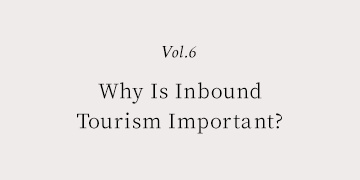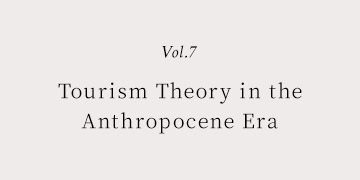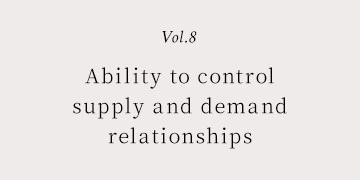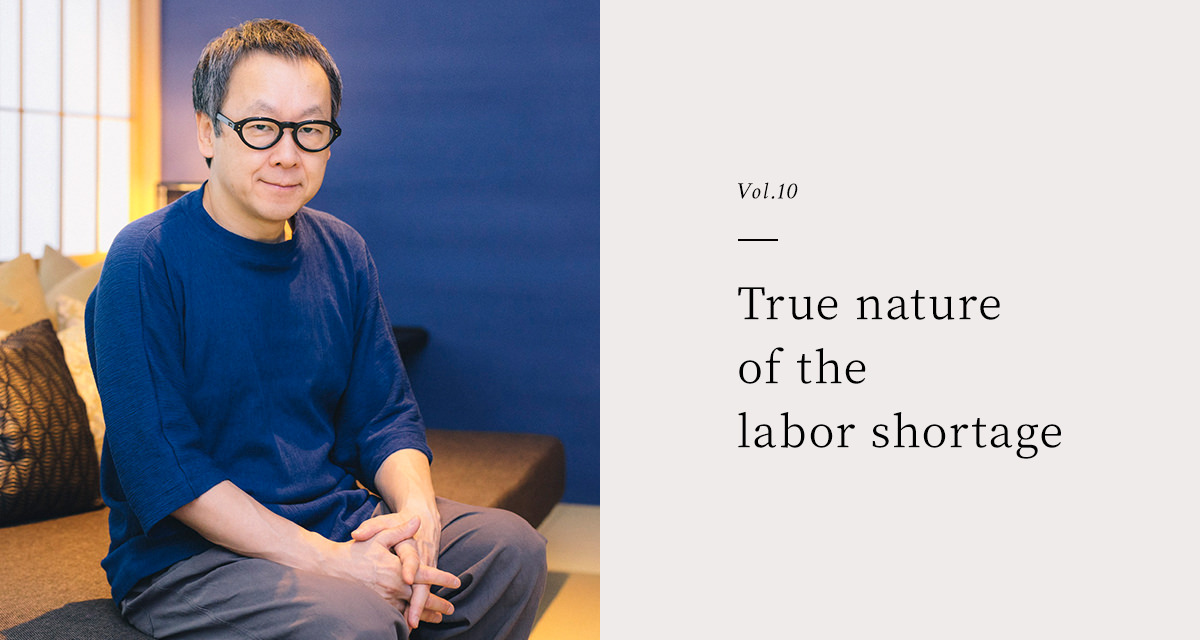
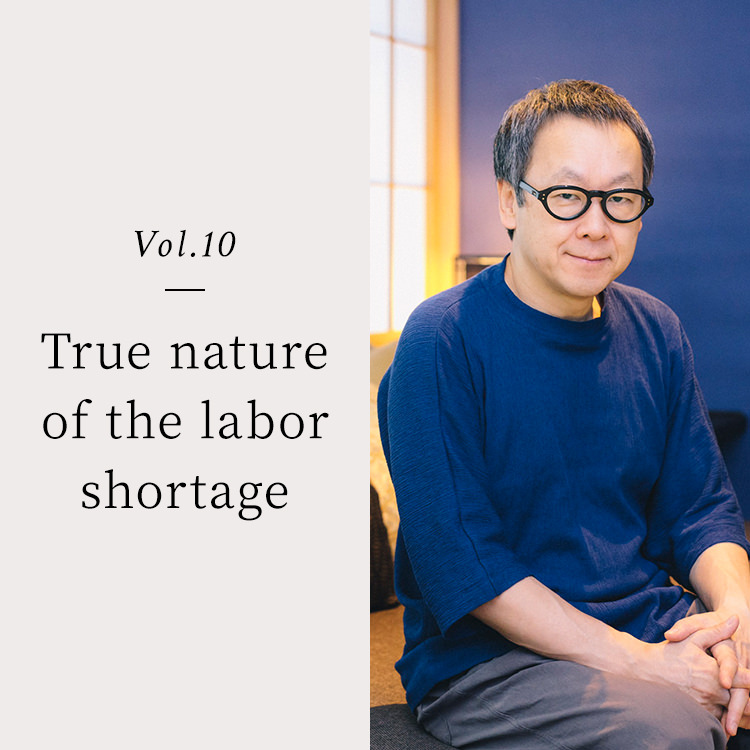
The impact of COVID-19 on the tourism industry was actually divided into two phases. The first phase is the loss of demand, and the second phase is the shortage of labor. It is important to understand the true nature of this and to take action instead of just waiting for natural recovery.
In Australia and New Zealand, which I visited for the first time in three years in the Japanese summertime of 2022, the tourism industry was dependent on foreign workers until the COVID-19 disaster, which lasted more than two years and caused them to return to their respective home countries without jobs. The inability to get them to return suddenly in time for the rapid recovery in demand starting in 2022 created a serious labor shortage, which is still continuing a year later.
The Japanese tourism industry is originally dependent on its own domestic labor force and has been able to maintain its existing work force relatively well even after the COVID-19 disaster, so the structure of the labor shortage is different. The major airlines, travel agencies, and hotel industry replenished their workforce each year, mainly by hiring new graduates and mid-career workers domestically. During the COVID-19 disaster, the number of employees hired between 2020 and 2023 was drastically reduced, allowing the natural reduction of existing employees, while various measures were taken to overcome the excess workforce that was still occurring.
In this situation, even if demand suddenly recovers in 2023, it is difficult to obtain the number of hires for the past three years all at once, resulting in a labor shortage of that amount.
While the degree of labor shortage is lower compared to countries that are overly dependent on foreigners, it may take some time to completely resolve it. In order to meet the 2019 level of demand, in addition to the annual replenishment labor force that should be there, it is necessary to recoup the amount of labor that was not hired in the past three years, because it is difficult to solve this problem in the short term in the Japanese labor market, where the unemployment rate is low.
The graph expresses my feel for the causes of labor shortages in the tourism industry and the image of the future. Although we did not expect the COVID-19 calamity to last as long as it did in 2022, the impact of three years of reduced labor force is significant, and it is expected to gradually normalize by shifting the number of recruitment from 2024 to 2025 to above normal.
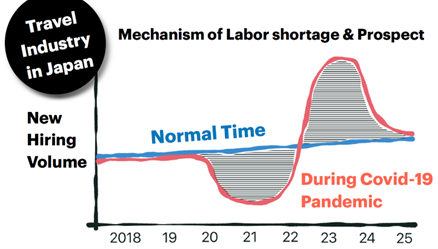
In order to secure labor, Australia has lowered the criteria for residence permits and has launched an aggressive policy to procure labor from overseas. In order for foreign human resources to work in Japan with official status of residence, they must be engaged in work that requires a considerable level of knowledge or experience. However, deregulation in this field would be effective for the early resolution of the current labor shortage and the growth of the tourism industry, which is the goal of the government.
Labor shortages are also occurring at Hoshino Resort. However, its structure, although influenced by domestic macro phenomena, is due to slightly different causes. Hoshino Resorts' performance during the COVID-19 disaster did not drop drastically, and thanks to its micro-tourism, they did not reduce the number of employees hired during the pandemic. Hiring activities from 2020 to 2023 were actively carried out as usual, partly because new hotel openings were scheduled. As the travel industry as a whole was narrowing its hiring, we believe that we were able to attract excellent people to join the company rather than in normal times. However, from the end of 2022, the rapid resumption of recruitment activities by the entire travel industry has led to a greater than expected increase in turnover from the Hoshino Resort, and a workforce shortage has begun to occur since the beginning of 2023. At the Hoshino Resort, retirees are asked to respond to questionnaires for the purpose of linking to organizational improvement, with a response rate of over 90 %. Based on the analysis of the reasons for resignation in the past six months, we believe that the reason for the increase in the number of people changing jobs above normal and beyond expectations is that there is temporary pressure to change jobs for the following two reasons.
① The recruitment of new graduates in 2023 depends on the hiring policy of each company as of spring 2022.
However, in order to recover the labor force in the short term from the time when the prohibition on inbound tourism was effectively lifted in October 2022, they had to rely on mid-career hiring, and this has become a major pressure for Hoshino Resorts staff from other companies to change jobs.
② Some of the new graduate hires in 2020-2023 chose airlines and travel agencies as their preferred industries in the travel industry, but a few staff members joined the accommodation business since there were almost no openings in these industries, and the increasing activity of mid-career hiring in these industries is putting pressure on them to change jobs.
Although this may be a minor impact compared to these two causes, we speculate that the fact that a higher percentage of employees who joined the company during the COVID-19 disaster wished to live in cities than in normal times, and in recent years, new features such as job search apps have made it easier for people in rural areas to change jobs. Another notable reason for leaving the company is that those who wanted to take a working holiday or study abroad when they were students but were unable to do so, gained the opportunity to do so in 2023.
Students who graduated in the midst of COVID-19 did not have enough opportunities to grow, and it is easy to imagine how difficult it must have been for them to find a job. Nevertheless, Hoshino Resorts may have been able to provide a good opportunity for students who wanted to work in the travel industry and whose first choice was an airline or a travel agency, students who wanted to work in a city hotel with a limited number of hires, and students who wanted to study abroad. The idea of joining Hoshino Resorts, learning what they can learn here, and then seeking the chance to achieve their career goals again once the COVID-19 disaster is over, is a resilient one and a welcome choice for the tourism industry. As a manager, I may be naive, but I feel a strong sympathy for the individual choices by the employees behind this completely unexpected phenomenon.
Hoshino Resorts has already implemented a variety of measures to quickly solve the current labor shortage it is experiencing. Enhancing mid-life recruitment activities in 2023 and enhancing new graduation recruitment activities in 2024 are the classic approach, but other measures are also being implemented to reduce this temporary shortage of workforce.
First, we allowed a certain degree of reduction in the high ratio of full-time employees, which is one of Hoshino Resorts‘ strengths, to a certain extent, and temporarily reviewed its management methods to increase the number of part-timers, temporary employees and dispatched employees.
The second is to increase the value of overtime work. Since what is lacking are working hours, in order to provide incentives to skilled employees who temporarily increase overtime, the rate of premium for overtime work allowances in excess of 20 hours per month was increased. Needless to say, Hoshino Resort has a strict system to keep overtime work within the scope of the 36 Employee-Employer Agreement at all of its offices and this measure will not induce excessive overtime work.
Looking at the current trends, the labor shortage has already been gradually alleviated and is expected to be fundamentally resolved by spring 2024. The multitasking work style and human resources employed at many of the operating facilities have contributed greatly to solving this issue.
As mentioned above, the elimination of the shortage of the total labor force in the tourism industry may continue until at least 2025. In order to reap the benefits of the rapid recovery in demand after COVID-19, it is expected that not only the ability to attract customers but also the flexibility of the recruiting capacity and management system will be required.











